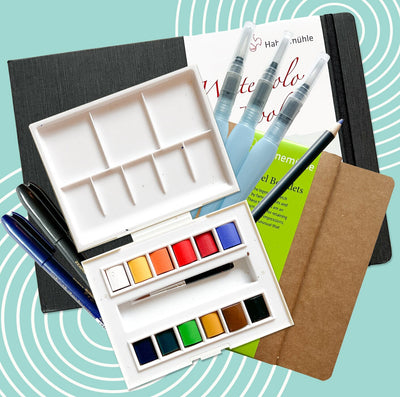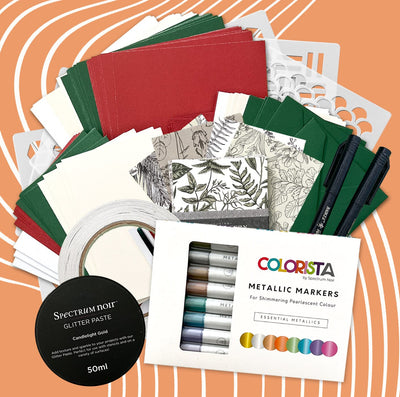Keith Haring’s Crack is Wack mural, NYC. Photo: Visual Hunt
Although he produced work for just a short time before his premature death a few months shy of his 32nd birthday, artist Keith Haring’s influence is all around us today.
Perhaps your morning commute passes by his Crack is Wack mural (1986) on New York’s FDR Drive, or you’ve seen any other of his public artworks that still survive? If not, you’ve surely seen his work without knowing it, as it’s channeled every day by young street artists and other creative thinkers worldwide. And the legacy he’s left extends beyond the art sphere – Haring did much to improve AIDS awareness and funding when the disease was at its most destructive in the US.
Keith Haring in his Pop Shop in the 1980s, Soho, NYC. Photo: Visual Hunt
Haring was at the center of the New York art scene in the 1980s, and through his vibrant street art, he helped shaped the “look” of the city too!
Born on May 4, 1958 in Reading, Pennsylvania, Haring attended classes at the Ivy School of Professional Art in Pittsburgh before studying at New York’s School of Visual Arts.
It was in New York that he found his artistic vision and purpose. In the early 1980s he saw blank advertising panels covered in black paper in a subway station, on which he applied his dynamic drawings of abstract line figures in white chalk. Soon his work could be found all over the New York subway system. “The subway became, as Haring said, a ‘laboratory’ for working out his ideas and experimenting with his simple lines.” (http://www.haring.com/) As he worked he also met and interacted with commuters. The subway epitomized the central message of his work, with its focus on people, life and openness. With Andy Warhol as his mentor, he found himself at the center of the art scene in New York.
Haring’s work had many influences in addition to Warhol, beginning with his father (and Disney cartoons!), who taught him his first cartooning skills. Later on he read The Art Spirit by Jean Dubuffet and others, which formed his ideas on the fundamental independence of the artist. Finally, his passion for public art was inspired by Christo.
Keith Haring wall mural, Pisa. Photo: Visual Hunt
The streets of New York had to share Haring, who took his work into art galleries and other cities across the globe!
From New York, Haring was soon making murals around the world, from Germany and France to Italy.
But his work wasn’t limited to public walls. He did some commercial advertising work, for brands including Spectacolor, Absolut Vodka and Swatch. And who could forget Pop Shop, his Soho store that opened in 1986? It sold T-shirts, toys, posters, buttons, magnets decorated with his artwork, so that everyone could access it inexpensively. Even the walls were covered in classic Haring designs!
Haring also showed his work in galleries, beginning with his first solo exhibition at the Pittsburgh Arts and Crafts Center in 1978, to his “moment of discovery” – a solo show in 1982 at the Tony Shafrazi Gallery in Soho. From there he went to exhibit at Documenta 7 in Kassel, the Sao Paulo Biennial, and the Whitney Biennial, among other major art venues.
Haring’s work displayed at the Brooklyn Museum. Photo: Visual Hunt
Keith Haring left us an inspiring legacy of art and public service.
Whether it was creating a mural to celebrate the 100th anniversary of the Statue of Liberty in 1986 with 900 children, or leading drawing workshops for children worldwide, Haring gave back. Most importantly, in 1989, he created the Keith Haring Foundation to provide funding and imagery to AIDS organizations and children’s programs. And today his work stands as a timeless symbol of a time in New York when the disease took the lives of many in the art world, including his own in 1990.


